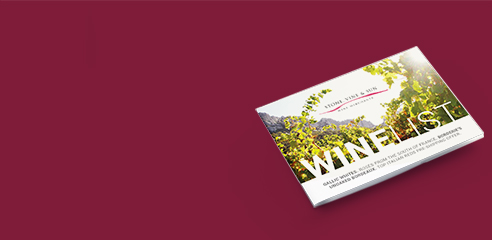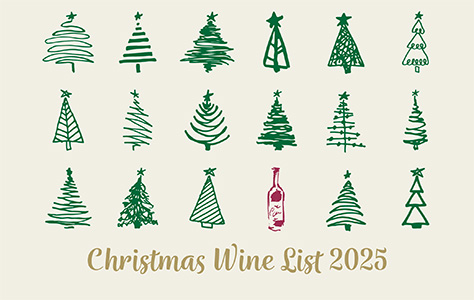Argentina
Malbec and More? We should all be drinking more Argentine red wine.
Argentina has only a fifth of the sales of wine (by value and volume) of Chile within Britain. The US is the Argentines’ most important export market, and unless we drink more of their wine (which we heartily recommend) we will shortly be overtaken in consumption of Argentine wine by Canada, and even, possibly, Brazil. Why is this?
From our perspective there are several reasons. First, Argentine estates can be models of chaos, and shipping from the country can demand Zen-like patience. The wine growing areas, all in the west of the country, are a long way from the Atlantic ports - so it’s either a long haul east, or alternatively a truck journey over the Andes to the Chilean coast (and our wine has in the past been held up when the passes were closed by snow!). Then comes the nail-biting wait for the right export papers.....
By far the most successful grape in Argentina is Malbec. It’s original home is in south-west France, and specifically in the appellation of Cahors. There (known as Cot) it makes a strongly flavoured wine which is, all too often, tannic, rustic and needs several years ageing to show its best.
Introduced in the last third of the 19th century, Malbec, like Carmenère in Chile, delivers much better wine when transplanted than in its homeland. Malbec gives a forward, perfumed wine with delicious brambly fruit, and with real stuffing, character and ageing potential too. We offer a number of pure Malbecs, plus premium Malbec blends, which often benefit from the structure brought by a good dollop of Cabernet Sauvignon.
There’s a plethora of other grape varieties grown within Argentina, from the heritage of Italian and Spanish immigrants - Bonarda, Barbera and Tempranillo. Coming up on the rails though is Syrah, especially in the San Juan region, where it is the most widely planted red variety.
Perhaps the most interesting feature of wine scene over the last two decades is inward investment by the French: major players like Chandon and the Lurton clan; the grand families - including the Rothschilds and the Cuveliers - grouped under Michel Rolland’s Clos de la Siete project; and also brave individuals, like Philippe Subra at Carinae.
Argentine Wine Regions - north to south
Catamarca & Salta
These zones lie far from civilisation in Argentina’s north-west. Less than 5% of Argentine wine comes from this region, comprising Catamarca, Jujuy, Salta, La Rioja, and Tucumán, which is not surprising in view of the fierce heat (340 days of sunshine a year) and near desert dryness in the region.
The key to producing anything other than table wine here is irrigation and altitude. The vineyards at Vicien, for example, are 1400-1800m. up on the edge of the Andes. The altitude and the clear skies bring cool nights, resulting in a diurnal range of over 25 degrees centigrade. Apparently the diurnal contrast stimulates the production of anthocyanins, the pigments in the skin of grapes, giving lovely deep tones and splendid fruit quality.
Our grower: Vicien
Cuyo: Mendoza, Luján de Cuyo, Uco and San Rafael
The region known as Cuyo - from San Juan to San Rafael - produces about two thirds of all wine in the country and 90% of all quality wine. At its centre is Mendoza, founded in 1561, and actually part of Chile until 1776. Wine production was boosted by a large influx of immigrants, Spanish, Italian and French, who came into the area to repopulate the city after a major earthquake in 1861. This bustling city has been named as one of eight wine capitals in the world.
The sub-regions near the city are important: there’s considerable competition here to be perceived as Argentina’s prime red wine zone. Contenders include Luján de Cuyo, just south west of Mendoza, where the vineyards lie at about 900-1,200m. of altitude, abutting the Andes. This is classic Malbec territory, with lots of very old vines, and good soils, often with plenty of stones from mountain wash.
Our grower: Carinae




